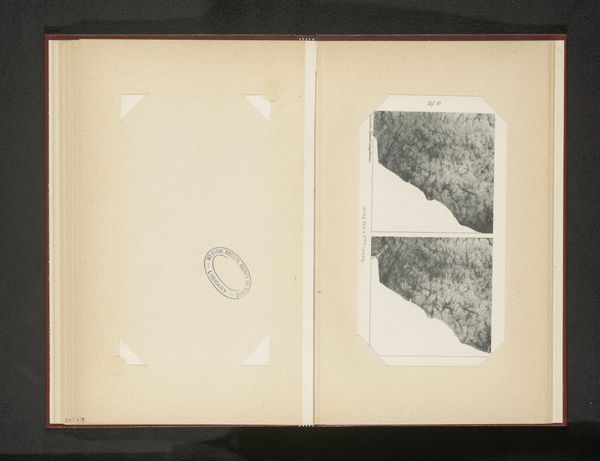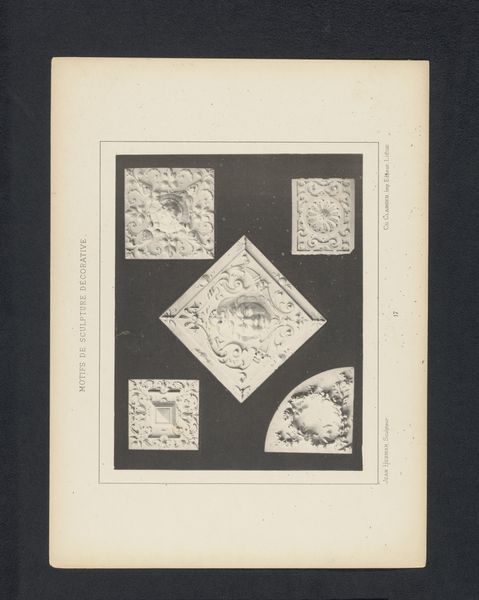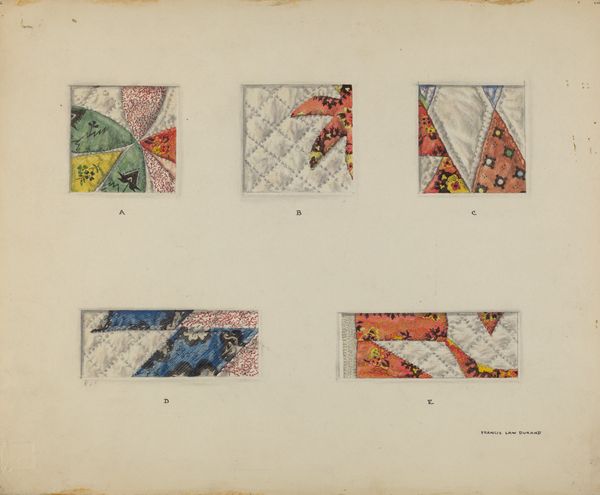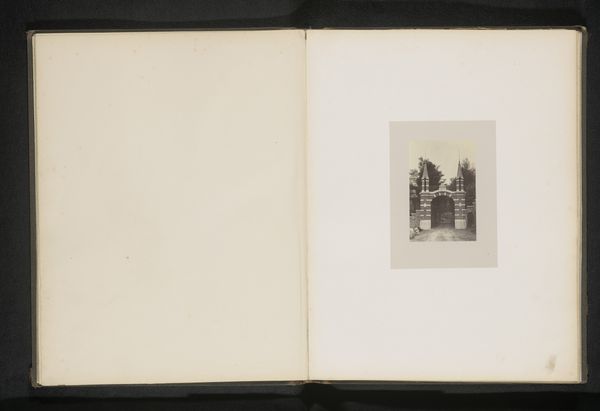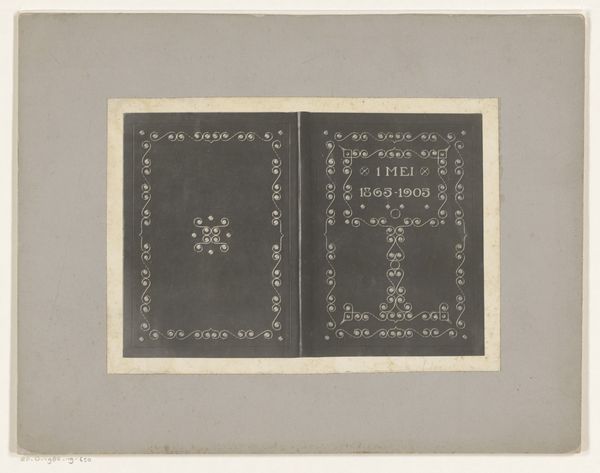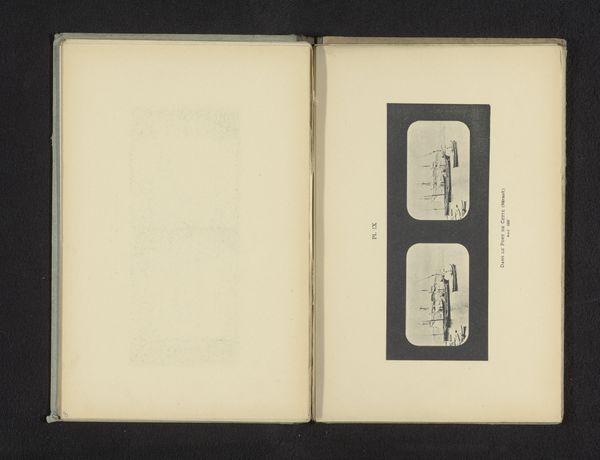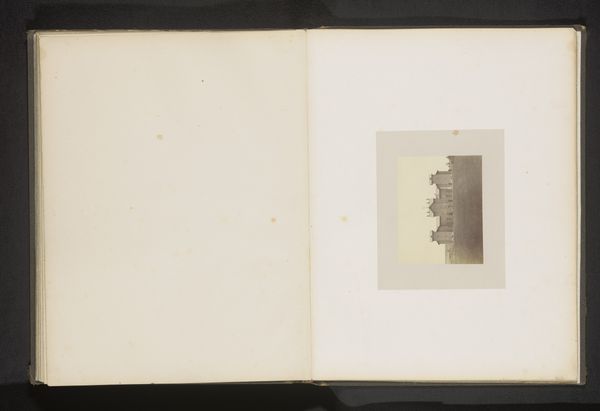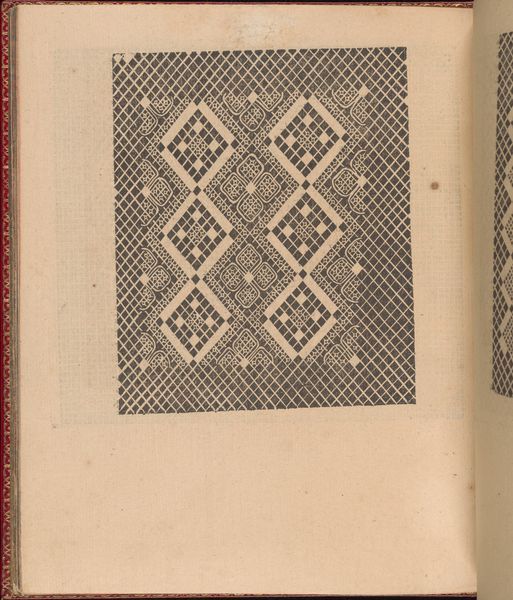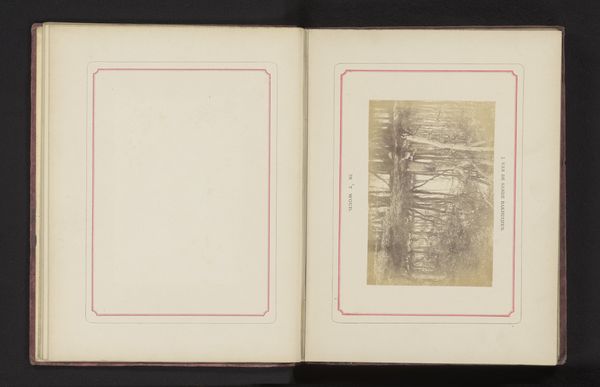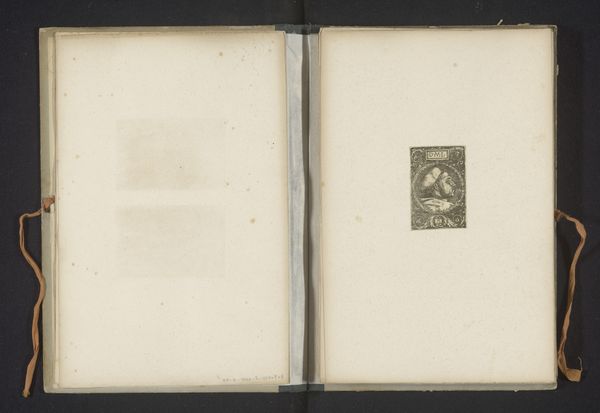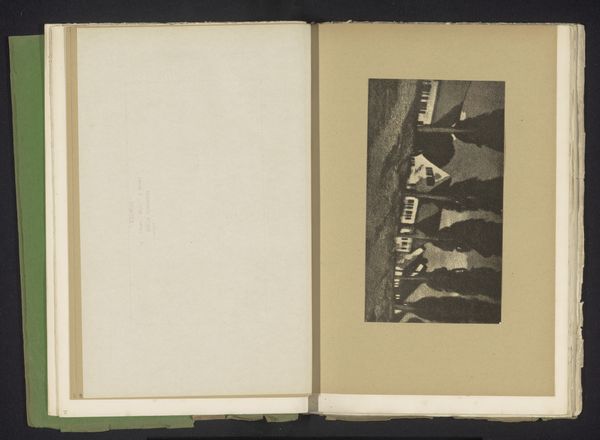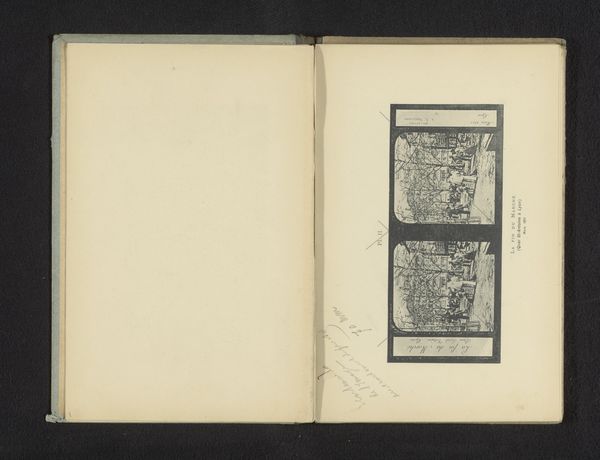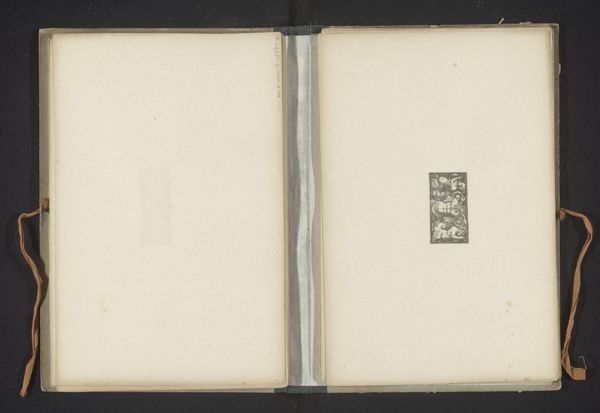
graphic-art, print, photography, poster
#
graphic-art
# print
#
photography
#
geometric
#
poster
Dimensions: height 171 mm, width 116 mm
Copyright: Rijks Museum: Open Domain
Curator: Ed.-V. Boissonnas created this curious work, "Twee reproducties van een kleurschaal," before 1888. It seems to be graphic art, perhaps a poster within a larger publication showcasing color scales. The patterns look deceptively simple, almost like textile designs. Editor: Immediately striking. There's something almost hypnotic about these arrangements of geometric shapes and colors. The careful ordering, but also the unexpected contrasts, gives it a strangely alluring power, doesn't it? Curator: Indeed. What’s interesting here is to think about the purpose and process of creating these colour charts, these reproductions of colour scales. We're looking at a period heavily invested in standardizing color. This image reflects the increasing mechanization of printing and the attempt to codify something inherently subjective. This required significant collaboration with dye manufacturers. Editor: You’ve reminded me of stained-glass windows – perhaps these images were chosen, placed to invoke or recall these more spiritual patterns and images of art. I note how particular colors are highlighted, as if keys to unlocking a hidden chromatic harmony, and how the artist juxtaposes light and dark to create emphasis and depth. Was the piece perhaps aimed at artists, teaching the effect of shades and color mixing? Curator: Precisely. And think about how this seemingly technical illustration would circulate within a specific network – photography associations, printing workshops. The poster as both artwork and as an instrument, shaped by economic incentives. The quality of inks, paper stock, and of the very act of duplication. These factors are inherently linked. It is worth keeping in mind who would’ve created the dyes, as they weren’t all working to high ethical and labor practices. Editor: Your commentary allows us to explore the artist’s deeper questions, such as the emotional connotations linked to each colour. Ultimately the power is created between these factors—allowing our minds to expand beyond the page. Thank you, as always. Curator: My pleasure. By examining art within these industrial contexts, we are granted profound insights into the interplay of culture, commerce, and labor. I am so glad to discuss this piece, which reminds us about the necessity of considering a material investigation within its historical trajectory.
Comments
No comments
Be the first to comment and join the conversation on the ultimate creative platform.
